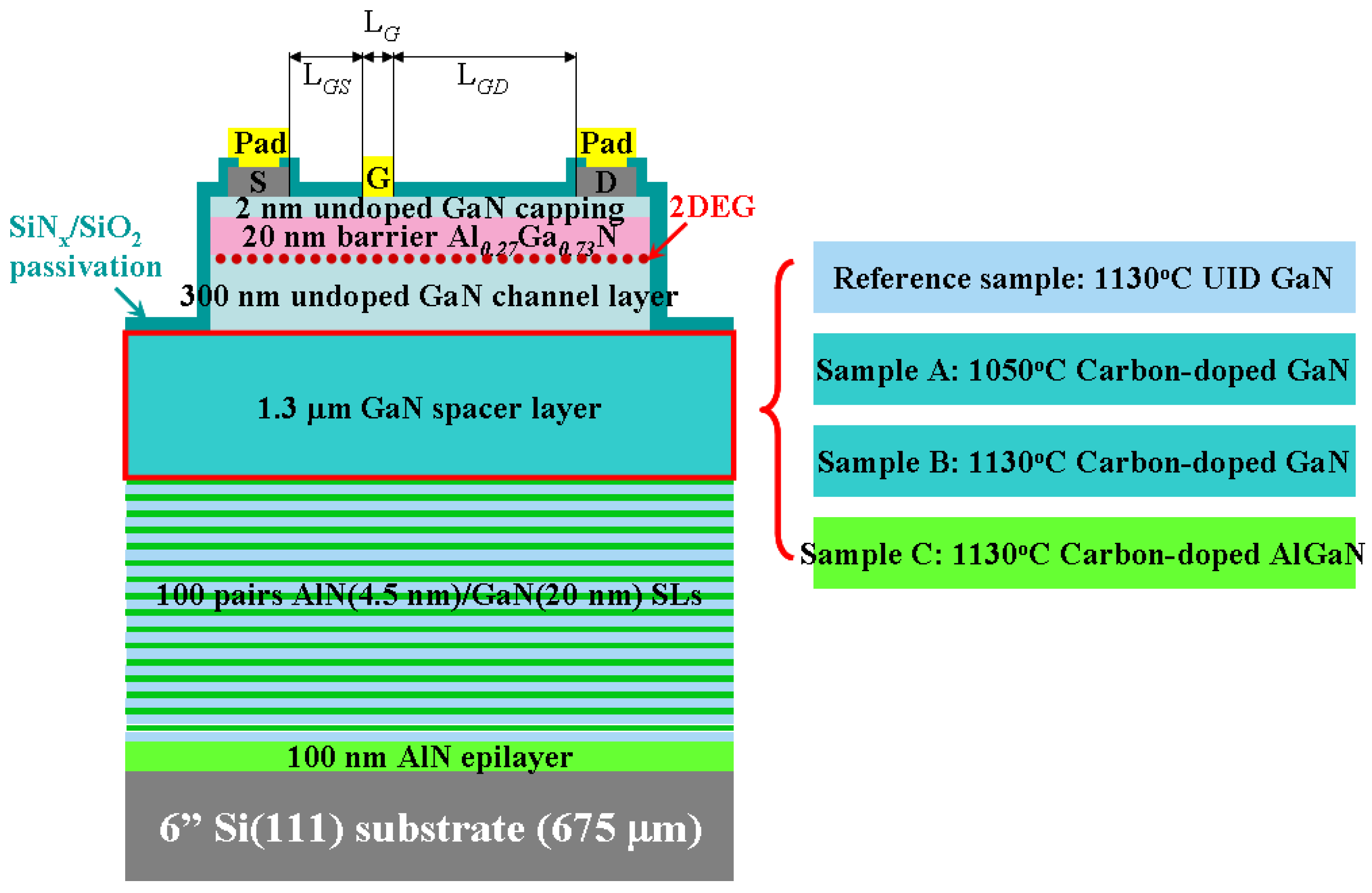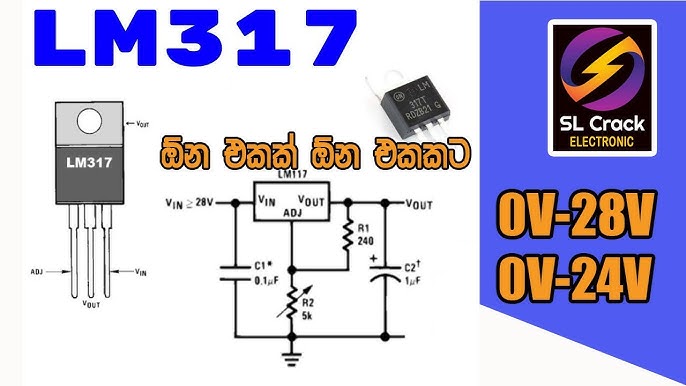Mobile Geolocation Experts. Transistor Software specializes in the background operation of native Location APIs for iOS and Android in location-tracking applications. Transistors VT1 & VT2 can form the reverser combine with other similar part together constitute the triggers form by transistor VT3 & VT6. If the transistor VT1 can be short cut by external factors shortly, it will bring about the status modification on the trigger when Break IC.
Transistor Tutorial Includes:
Transistor basicsGain: Hfe, hfe & BetaTransistor specificationsTransistor and diode numbering codesChoosing replacement transistors
When working with electronics equipment, either in electronics circuit design, build or repair, it is sometimes necessary to choose a replacement transistor. Either the type of transistor may not be to hand, or it may not be available.
Fortunately it is normally possible to use a replacement transistor type as there is often a considerable degree of overlap between the specifications of different types of transistor, and by looking at the basic specifications it is normally possible to choose the correct transistor replacements.
This explanation is focussed on bipolar transistors, but it is possible to apply similar logic to other electronic components including field effect transistors to ensure that suitable replacements can be found.
When looking for suitable transistor replacements it is necessary to look at the main specifications for the transistor. Once the transistor specifications and parameters have been ascertained, it is possible to check for other replacement transistor types with similar parameters that will be able to operate within the circuit in question.
When considering any possible replacement transistors, it is necessary to look at a variety of parameters. These will include the basic parameters of the transistor operation performance. They will also include the environmentally related parameters, and the physical parameters. All these need to be taken into account when choosing a suitable replacement transistor.
Looking at the basic transistor parameters
Fortunately many transistors used in electronic circuit design are general purpose types. Their specifications are not particularly exacting and a variety of general purpose transistors could be used. Today, the performance of even general purpose transistors is exceedingly high and they can be used in a variety of applications.
However a much closer look must be taken at transistors that fulfil a more exacting role. Their specifications need to be examined more closely to ensure that any substitutes will have a similar specification.
When looking for a suitable transistor replacement some of the basic transistor parameters that need to be considered include the following:
Semiconductor material used: Most transistors will either be germanium or silicon. Other types are normally only used in very specialist applications.
It is important to know what type the transistor is because there is a difference in the base emitter forward bias voltage drop. For germanium it is around 0.2 - 0.3 volts and for silicon it is around 0.6 volts. The circuit will be designed around a particular voltage drop.
- Polarity: It is absolutely imperative to find out whether the transistor is either NPN or PNP variety. Install the incorrect type and it experience the inverse of all the voltages it would expect and is likely to be destroyed.
General application: Although it is not always necessary to exactly match the intended purpose for the transistor, a variety of areas of its performance will be tailored to its intended applications.
Possible application types may include: switching, analogue, low power, RF amplifier, low noise, etc. Put in the correct type and it may not perform well. For example a low power general-purpose transistor is unlikely to work well in a switching application even if it has a high ft or frequency limit.
- Package and pin-out: Transistors have many packages. It is often necessary to match the replacement transistor package as closely as possible to enable the transistor to physically fit. Also the package may give an indication of other parameters.
- Voltage breakdown: It is necessary to make sure that the transistor is able to withstand the voltages it is likely to see. Transistor parameters such as Vceo, etc need to be checked.
Current gain: , The current gain parameter of a transistor normally has a very wide spread. This is normally quoted as Β or hfe. Although they are slightly different, for all circuit equivalences of this nature these transistor parameters are the same.
Choosing a replacement transistor with approximately the same current gain is necessary. Normally it is not a problem to choose a replacement transistor with a higher gain. Often a lower current gain may be acceptable.
- Frequency limit: The upper frequency limit for a transistor is normally quoted as its ft. It is normally important to ensure that the transistor can meet any frequency limits.
- Power dissipation: It is necessary to ensure that the replacement transistor can dissipate sufficient power. Often the package type is a good indication of this.
These are the main parameters that are of importance in most applications, but be on the look out for any other transistor parameters that may need to be included in the selection of the replacement transistor.Picking a replacement transistor
When choosing a suitable replacement transistor for use within an electronic circuit, there are several stages that must be considered when making the choice. These can be progressed in a logical order to narrow down the choice and enable the best alternative for the replacement transistor to be made.
Step by step instructions:
- Choose a transistor of the same polarity: The first major selection criterion is whether the transistor is PNP or NPN.
- Select a replacement transistor of the same material: Most transistors are either silicon or germanium. As bias voltages and other features are different it is necessary to select a replacement transistor with the same material.
- Select the same functional type of transistor: Transistors are normally given an indication of their application in the datasheets. The replacement should have the same application if possible.
Choose a replacement with the same package: Choosing a replacement transistor with the same package and pin-out will facilitate much easier replacement. Differences in the package for small signal transistors is not normally an issue, but for larger ones where there may be heatsinks, etc involved, different packages can cause significant issues.
Also where the pin connections are different, care should be taken to ensure that the right pins are taken the right connections. For many transistors the pinout is EBC, but there are other configurations for the pinout that can easily trap many people.
- Select a replacement transistor with the same breakdown voltage: Ensure that figures for VCEO and VCBO etc are at least as high as the original transistor.
- Check it can take the current: Ensure that the replacement transistor can pass the required current - it should have an ICmax greater than or equal to the original transistor.
- Select a transistor with a similar Hfe: It is necessary to ensure that the current gain of the replacement transistor is about the same as the original. Current gain values normally vary widely even for transistors of the same type so some variation will be acceptable.
- Select a replacement transistor with equivalent Ft: It is necessary to ensure that the replacement transistor will be able to operate at the relevant frequencies, so a similar or slightly higher Ft is advisable. Don't go for a transistor with a much higher Ft as this may increase the risk of oscillation.
- Choose a transistor with a similar power dissipation : It is necessary to ensure that the replacement transistor can handle the power that it will dissipate within the circuit. Choosing a replacement transistor with a similar can style will often mean that both transistors have a similar power dissipation.
- Check for any special features: While ensuring the features above are selected, there may be some additional features that need to be considered. These are normally required when transistors are used in specialist applications.
Once the choice of replacement transistor has been made, then it can be installed in the circuit, and the performance checked. In most cases it will operate satisfactorily, but occasionally there may be a problem. If this is the case, it is necessary to re-visit the way in which the choice of the replacement transistor was made and see if any mistakes were made or look for other parameters that may affect the operation of the transistor circuit.
What if I can't find the original transistor details?
Sometimes it is very easy to find out the parameters of a particular transistor as it may be possible to find them on the Internet or in a transistor data book. If this is not possible, either because the markings are not visible, or the data cannot be found, then not all is lost.
It is still possible to find out a lot about the transistor from its package and also the circuit in which it is being used. In this way it is usually possible to find a suitable replacement transistor. The step by step instructions below should help the essential parameters of the transistor to be discovered.

Step by step instructions:
These instructions are set out in an approximate order of the most significant parameters first followed by the less significant ones:
- Is it a transistor? This may appear to be an obvious question, but occasionally some devices may appear to be a transistor at first sight. It may be a field effect transistor, a Darlington transistor or even some other form of device. Alternatively, sometimes small voltage regulators are contained in packages similar to that of a transistor. Other devices may also appear in what may appear to be transistor packages at first sight. Careful examination of the application will enable this to be verified.
- Silicon or germanium: It is important to find out whether the transistor is silicon or germanium. It may be possible to discover this in a number of ways. If the original transistor is still working then this can be discovered by measuring the voltage across the base emitter junction when it is forward biased. This should be about 0.2 to 0.3 volts for a germanium transistor and 0.6 volts for other varieties. Alternatively it may be possible to ascertain the type by looking at other transistors in the circuit. Often the same technology will be used throughout the equipment. This is not always true so beware!
- Power dissipation: This is often defined by the package in which the transistor is placed. Look at the specifications for other transistors in the same packages and this will give a good guide. Those packages designed for mounting on heatsinks will be more variable because they can often dissipate more power dependent upon the heatsink. It is best to be more cautious with these packages.
- Maximum voltage: An idea of the maximum voltage can be gained from the circuit in which it is used. To be on the safe side, ensure the maximum operating voltage of the replacement transistor is at least twice the rail voltage of the circuit in which it is operating
- Current gain: The current gain of transistors is notoriously difficult to specify. High power transistors often offer lower gains - older power transistor types may be as low as 20 - 50, whereas the smaller transistors may offer gains anywhere between 50 and 1000.
- Maximum frequency: It is necessary to make sure that the replacement transistor is able to operate at the required frequency. Look at the components in the circuit and the function of the circuit. It is usually possible to estimate the frequency of operation. Then take this and choose a replacement transistor that can easily operate at this frequency.
- Anything else: Although most of the main points have been covered in the points above, it is always best to be on the look out for other parameters that may affect the choice of transistor replacement. This is particularly true for specialised circuits where some specific performance features may be critical.
Choosing a replacement transistor is normally quite easy. There is a huge number of transistor types available, and the specifications of many types of transistor overlap, making the choice of a replacement transistor quite easy in many instances.
It can often help to check the stock of local stockists or reputable electronic component distributors. It is often necessary to select a transistor that can be obtained quickly and easily. Checking what might be available with a stockist or electronic component distributor will help make the final decision.
Being able to choosing a replacement transistor can be very useful if the exact transistor type is not available easily. It is quite likely that a similar one may be available to hand, or possibly from a local stockist. In either case, it is useful to be able to choose the replacement transistor with a good possibility of it being able to work.
More Electronic Components:
ResistorsCapacitorsInductorsQuartz crystalsDiodesTransistorPhototransistorFETMemory typesThyristorConnectorsRF connectorsValves / TubesBatteriesSwitchesRelays
Return to Components menu . . .
Analog and Digital Electronics 6
Part 6 List for questions and answers of Analog & Digital Electronics
Q1. A transistor may be used as a switching device or as a
a) Rectifier
b) Variable resistor
c) Fixed resistor
d) Tuning device
Q2. Most of the electrons in the base of an NPN transistor flow
a) Into the base supply
b) Into the collector
c) Out of the base lead
d) Into the emitter
Q3. Three different Q points are shown on a dc load line. The upper Q point represents the
a) Maximum current gain
b) Intermediate current gain
c) Cutoff point
d) Minimum current gain
Q4. With the positive probe on an NPN base, an ohmmeter reading between the other
transistor terminals should be
a) Low resistance
b) Infinite

c) High resistance
d) Open
Q5. When a silicon diode is forward biased, what is VBE for a C-E configuration?
a) Voltage-divider bias
b) 0.4 V
c) 0.7 V
d) Emitter voltage
Q6. If a 2 mV signal produces a 2 V output, what is the voltage gain?
a) 0.001
b) 100
c) 0.004
d) 1000
Q7. Which is beta’s current ratio?
a) IC/IB
b) IC/IE
c) IE/IB
d) IB/IE
Q8. What is the current gain for a common-base configuration where IE = 4.2 mA and IC = 4.0 mA?
a) 1.05
b) 16.80
c) 0.20
d) 0.95
Q9. To operate properly, a transistor’s base-emitter junction must be forward biased with reverse bias applied to which junction?
a) Collector-emitter
b) Base-collector
c) Base-emitter
d) Collector-base
Q10. When transistors are used in digital circuits they usually operate in the
a) Saturation and cutoff regions
b) Linear region
c) Active region
d) Breakdown region
Q11. The C-B configuration is used to provide which type of gain?
a) Current
b) Resistance
c) Voltage
d) Power
Q12. The Q point on a load line may be used to determine
a) VCC
b) VC
c) VB
d) IC
Q13. With low-power transistor packages, the base terminal is usually the
a) Right end
b) Tab end
c) Middle
d) Stud mount
Q14. Voltage-divider bias provides
a) A stable Q point
b) A Q point that easily varies with changes in the transistor’s current gain
c) An unstable Q point
d) A Q point that is stable and easily varies with changes in the transistor’s current gain
Q15. A current ratio of IC/IE is usually less than one and is called
a) Beta
b) Omega
c) Theta
d) Alpha
Q16. In a transistor, collector current is controlled by
a) Collector resistance
b) Base current

c) Collector voltage
d) All
Q17. In a C-E configuration, an emitter resistor is used for
a) Stabilization
b) Ac signal bypass
c) Collector bias
d) Higher gain
Q18. The ends of a load line drawn on a family of curves determine
a) The power curve
b) The amplification factor
c) The operating point
Transistor Game Crack
d) Saturation and cutoff
Q19. With a PNP circuit, the most positive voltage is probably
a) VBE
b) ground
c) VC
d) VCC

Q20. Total emitter current is
a) IC + IE
b) IB + IC
c) IE- IC
d) IB – IC
Part 6: List for questions and answers of Analog & Digital Electronics
Q1. Answer:a
Q2. Answer:b
Q3. Answer:a
Q4. Answer:a
Q5. Answer:d
Q6. Answer:d
Q7. Answer:a
Q8. Answer:d
Q9. Answer:d
Q10. Answer:a
Q11. Answer:c
Q12. Answer:c
Q13. Answer:c
Q14. Answer:a
Q15. Answer:d
Transistor Hacks
Q16. Answer:b
Q17. Answer:a
Q18. Answer:d
Q19. Answer:b
Transistor Bass Crack
Q20. Answer:b
